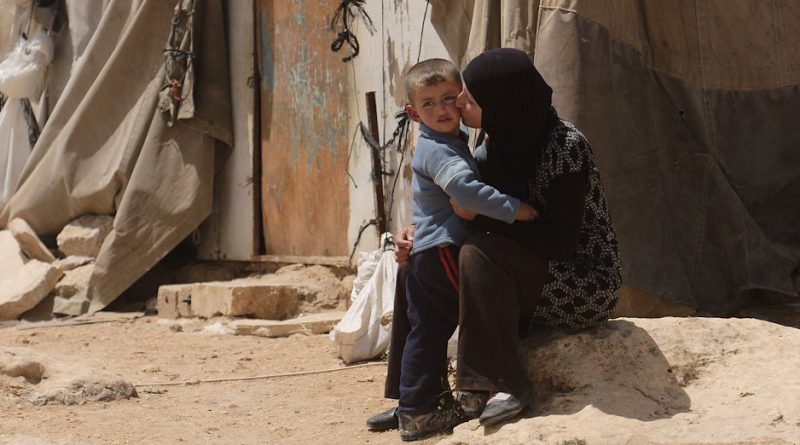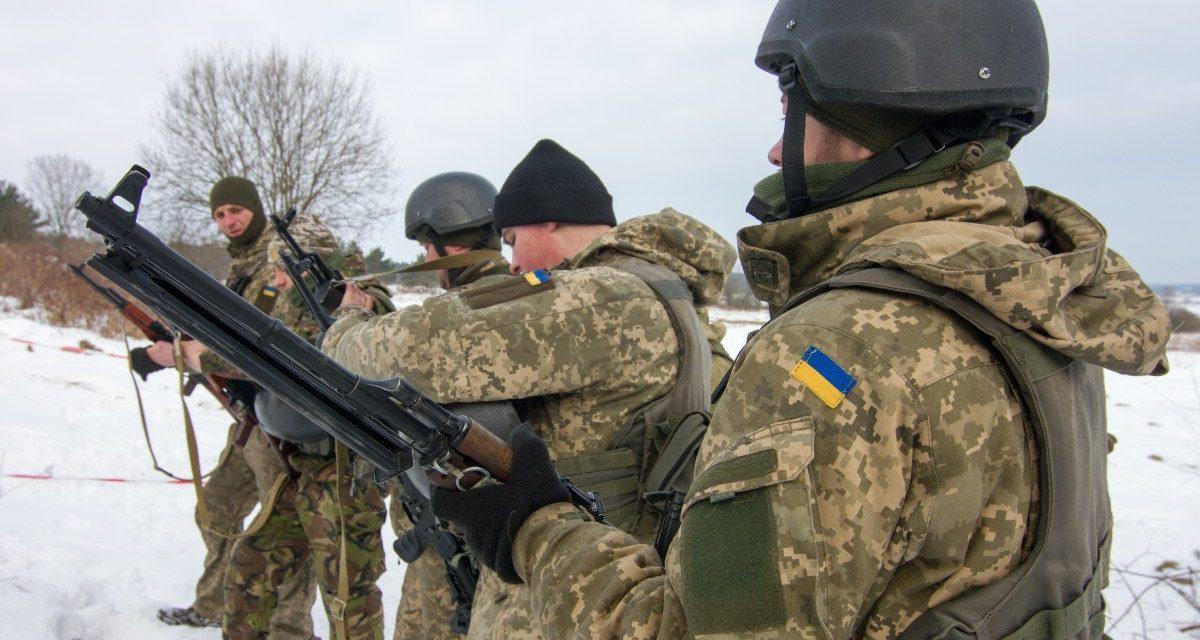Chloe Rudnicki reflects on a lecture given at LSE by former Under-Secretary General for Humanitarian Affairs and Emergency Relief Coordinator for the United Nations Sir Mark Lowcock on ways to reconceptualise and radically improve international humanitarian aid.
Humanitarian assistance is evolving, its growing complexity mirroring that of the suffering it strives to alleviate. Internationally coordinated humanitarian responses are more holistic and comprehensive than its 1990s forerunners. However, problems persist. Protracted conflicts, intensifying climate change, and the Covid-19 pandemic all contribute to a mushrooming of crises. This dramatic increase in the causes of crises coincides with humanitarian projects’ preoccupation with symptoms. 30-40 countries remain on the fringes of the global rise in living standards. As new emergencies rise and old ones remain, humanitarian aid workers find themselves increasingly overworked and under-resourced. How can the international humanitarian community support the countries hammered by these emergencies with respect for the agency of crisis-affected people? How can they reorient assistance from addressing symptoms to tackling the conditions that precipitate crisis?
On Wednesday 15 November, former Under-Secretary General for Humanitarian Affairs and Emergency Relief Coordinator for the United Nations Sir Mark Lowcock grappled with these questions before a packed audience of Managing Humanitarianism students, mapping the terrain of potential reforms to the international humanitarian sector.
Recommendations for re-tooling the financial mechanisms that operationalise humanitarian response recurred throughout the lecture. Reactive reflexes drive humanitarian fundraising, creating fundamentally delayed responses. The byzantine bureaucracy of launching an appeal, organising stakeholder meetings, distributing funds to aid agencies, procuring supplies, and dispatching aid workers to the frontline squanders time. This leaves the most vulnerable without assistance in the days, weeks, and sometimes months following the initial onset of the crisis.
Cash assistance puts the expertise of crisis-affected people above that of top-down needs assessments in discerning what will keep them afloat. By giving people the means to purchase goods and services from vendors, cash assistance also creates and sustains markets, deepening financial self-reliance on a household and community scale. Mark recounts that, in anticipation of the 2017 famine in Somalia, the UN texted cash vouchers to Somali families. These families then showed the text to traders in exchange for grain. This system proved more resilient than the previous use of food convoys, whose effectiveness remained vulnerable to ill-maintained roads, scarce fuel, or extremist group hijackings.
International humanitarian financing is fully voluntary. This pressures humanitarian leaders to lobby for resources from speculative donors, resulting in funding tightly tied to specific crises and types of assistance. Given the rapidness with which a crisis can emerge or change form, a reliably flexible financial base creates conditions for more fluid, context-sensitive alignment of humanitarian assistance with affected communities’ most acute needs.
Consequently, Mark spotlit the Central Emergency Response Fund (CERF), as a promising, under-tapped resource in reforming international humanitarian finance. As a rare source of un-earmarked funding in disaster response, CERF allows country teams to immediately coordinate and launch relief efforts when a new crisis emerges. The fund includes a pool for Underfunded Emergencies, which helps scale-up and sustain protracted relief operations to avoid critical gaps when no other funding is available. Like all international humanitarian financing, however, CERF relies on voluntary contributions. The pot currently hovers near 500 million USD. For comparison’s sake, the total peacekeeping budget for FY2022 surpasses 6 billion USD. How policies are packaged matters as much as their content. Uncertainty remains about how to compel states to dedicate more funding to CERF.
Mark turned a magnifying glass not merely on where international humanitarian assistance falls short but how it can be improved, using mechanisms that already exist. This encourages students and practitioners of development to look under the hood of humanitarian assistance and better understand the mechanics of how it works and where it can be improved. The growing prevalence of decades-long complex emergencies may render traditional forms of emergency relief redundant. Most of the funds raised by UN appeals go to crises that stretch beyond a decade, but to projects that implicitly treat them as temporary. This is expensive and ineffective. As climate change transforms from a frightening hypothetical to a concrete reality felt through mass displacement, dried up crops, typhoons bludgeoning coastal communities, and other crises, humanitarian funding and projects must adapt. Recognising the limits of existing international humanitarian assistance allows humanitarian practitioners to work creatively and intelligently within them to better equip the sector for this climate-altered future.
The views expressed in this post are those of the author and do not reflect those of the International Development LSE blog or the London School of Economics and Political Science.
Image credit: A child with a tank of water collected from a dam in Baligubadle, Somaliland, northwest Somalia via UNDP Climate on Flickr.





